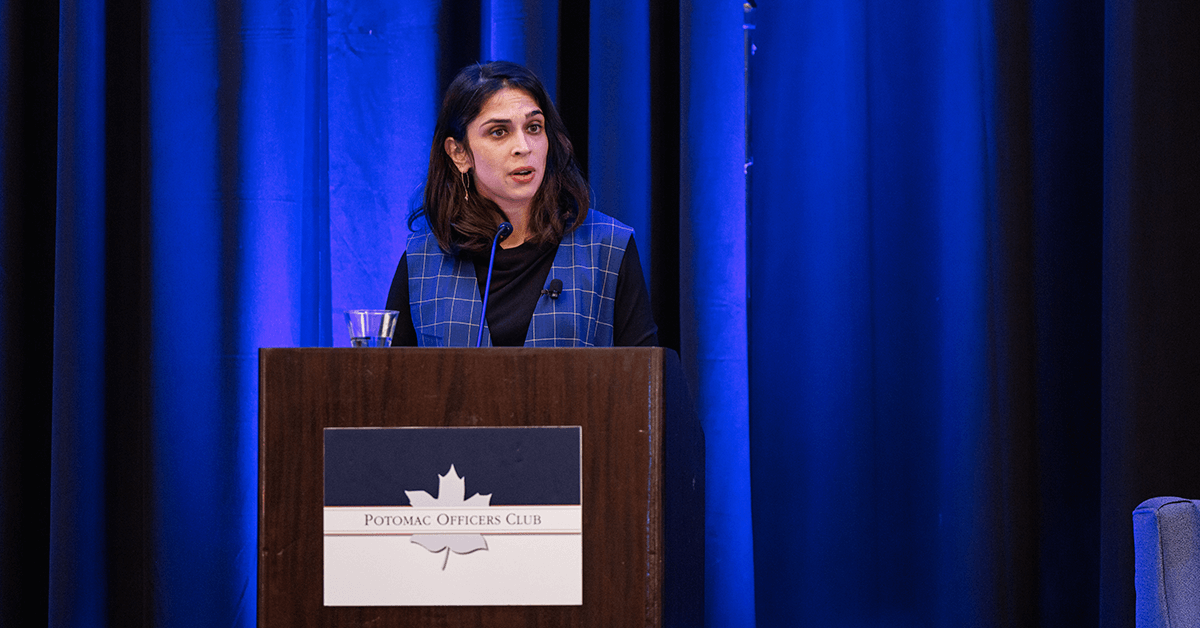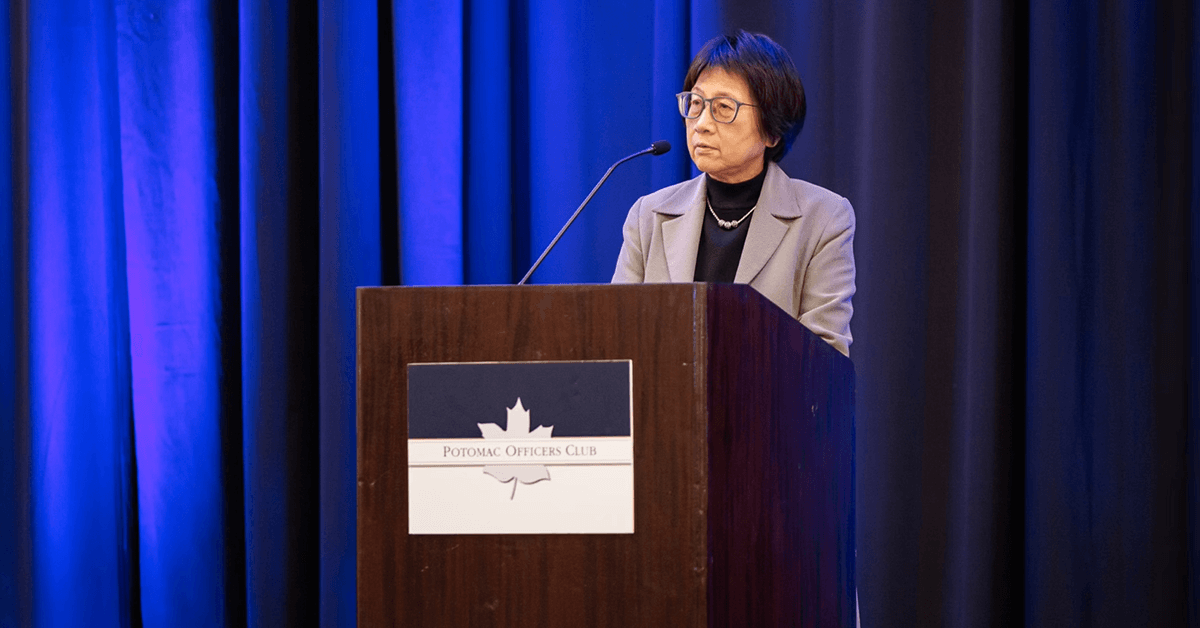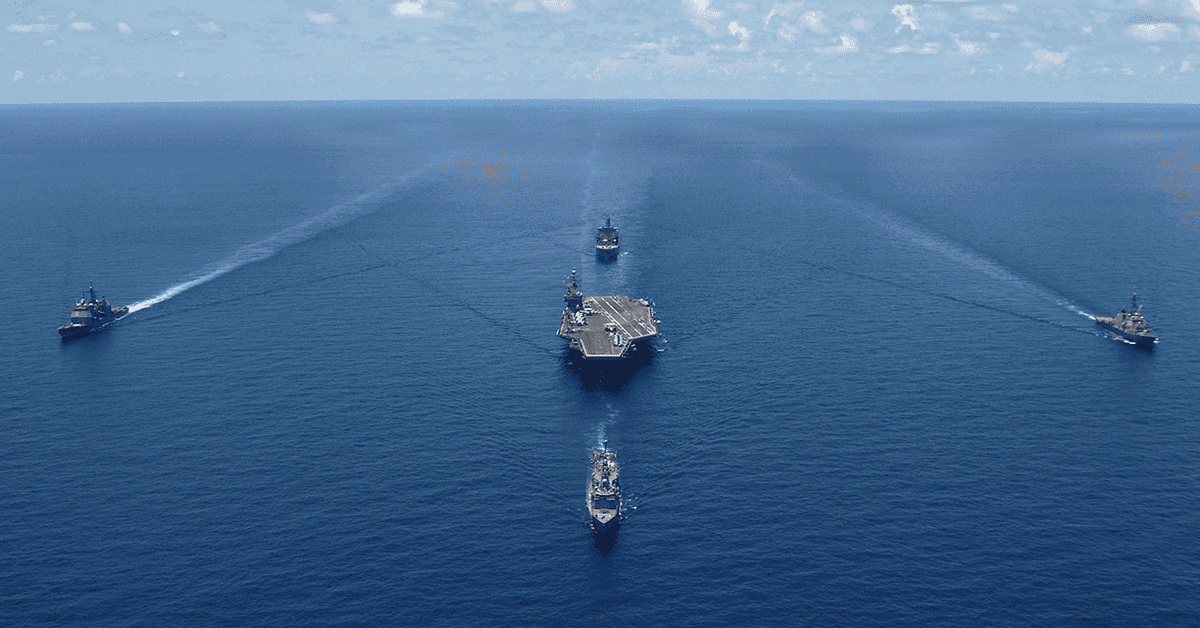James “Hondo” Geurts, assistant secretary for Research, Development and Acquisition (ASN (RD&A)) with the U.S. Navy, will be featured as a keynote speaker during Potomac Officers Club’s 2020 Navy Forum on September 30th.
Click here to register for the 2020 Navy Forum!
The U.S. Navy has begun development of common unmanned system enablers, including autonomy, network standards and control stations to enable program managers to focus on range, stealth and other features that will advance unmanned vehicles.
“Unmanned will enable us to grow the United States Navy well beyond 355 ships. It will add more lethality, survivability, capability, et cetera, to the United States Navy and indeed to the joint force,” said Mark Esper, secretary of Defense and 2020 Wash100 Award recipient.
VADM Jim Kilby, deputy chief of naval operations for warfighting requirements and capabilities (OPNAV N9), said future unmanned systems will likely have government-furnished vehicle control systems, data management systems and autonomy packages.
James “Hondo” Geurts, assistant secretary for Research, Development and Acquisition (ASN (RD&A)), and 2020 Wash100 Award recipient said, “We have to better align resources in our organic technical base and create the strategic relationships with the providers wherever they are towards this problem.”
He added that the Navy has to develop relationships to enable the service branch to access new expertise that exists within industry and academia, and apply new unmanned systems capabilities across the Navy and Marine Corps.
The Navy has also created an unmanned campaign plan that will ensure the Navy can procure unmanned systems. The systems will be networked with the manned fleet to develop a multiplier effect in creating naval warfighting capability. The initiative will enable the service branch to buy, maintain and modernize systems to leverage resources instead of creating costly and time consuming redundancies.
In a study effort called the Future Naval Force Study (FNFS), the Navy has researched how unmanned systems will contribute to the future air, surface and undersea fleet design. Along with development of a vision of a Joint Tactical Grid to connect joint forces, the service branch will continue to work toward a more effective warfare command.
Geurts added that if unmanned systems and vehicles are designed with a netted goal in mind, and leverage the same network interfaces and the same control systems, they’ll inherently be interoperable and feed into the common operating structure.
As the Navy continues to evolve to meet the growing demands, challenges still remain. Join Potomac Officers Club’s 2020 Navy Forum to hear notable industry and federal leaders discuss the initiatives, efficiencies and challenges the service branch faces as well as how to join together to improve the future of warfare.
Do not miss this opportunity! Register here for the 2020 Navy Forum.






